
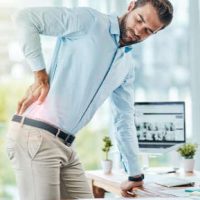
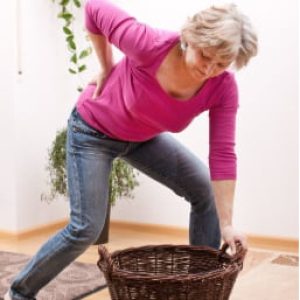
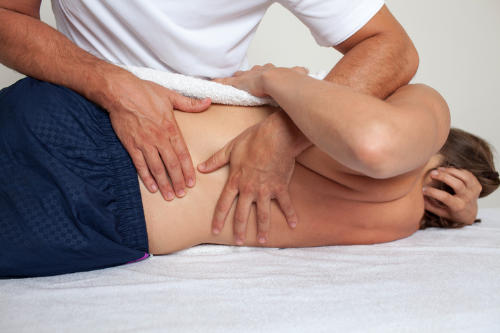
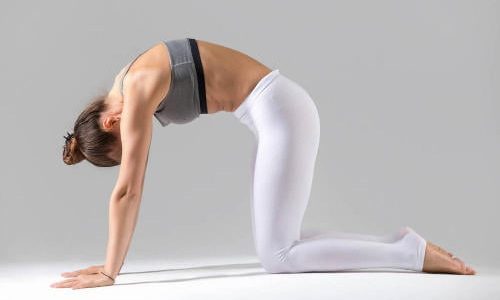
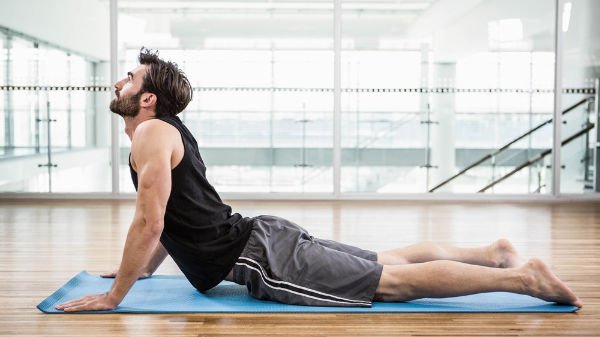

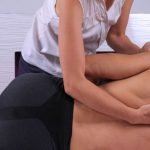
Hands on treatment by the therapist to improve:
– Muscle Tone
– Muscle Spasms
– Disc Pressure
– Relieve Pressure on Pinched Nerve
– Flexibility of the Spine/Hips
– Swelling from Inflammation
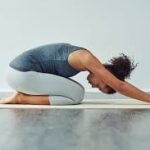
Specific exercises for your back pain to improve:
– Low Back and Hip Flexibility
– Low Back and Hip Mobility
– Flexibility in the Legs
– Core Strength
– Core Control
– Leg Strength
– Body Awareness
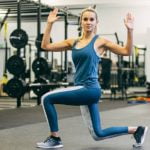
Specific activities mimic everyday movements to improve things like:
– Tolerance for Sitting/Standing/Walking
– Mechanics Training for Lifting/Pushing/Pulling
– Work Duties Training
– Transfer Training
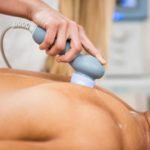
We use the latest modalities to speed along the healing. Modalities for low back include:
– Shockwave Therapy
– Electrical Stimulation
– Heat/Ice
– Ultrasound
– NMES